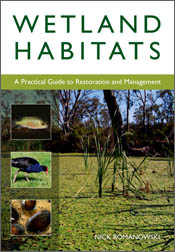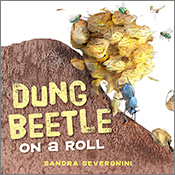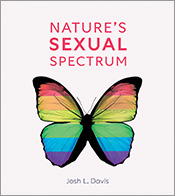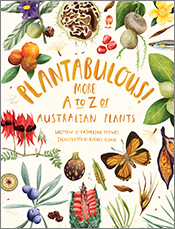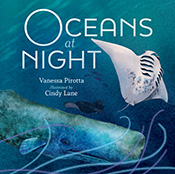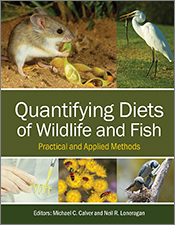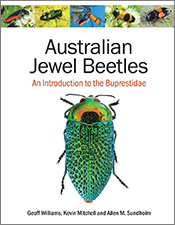Wetland Habitats
A Practical Guide to Restoration and Management
By: Nick RomanowskiA practical and easy to use manual for wetland restoration and conservation of diverse animal species.
Wetland Habitats is a practical and easy to use manual for wetland restoration and conservation of diverse animal species. Covering all the recent work in this field, among other significant issues it discusses making the most of dams and created wetlands; reversing the effects of drainage, grazing, weirs, deteriorating water quality, and associated algal problems; captive breeding and reintroduction; and controlling weeds and vermin. + Full description
The book describes a range of potential problems encountered during restoration efforts and approaches to dealing with them, so that readers will be able to make informed decisions about wetlands on their own properties. It also explains how to set realistic targets for wetland restoration as well as longer-term goals for management, and includes colour photographs of diverse wetland habitats and the animals that rely on them.
The examples draw on a wide range of wetland animals including some which aren’t often found in wetlands on private properties, but the primary emphasis is on the ecology, interactions and management of species and other aspects of management that will be of most use to landholders with wetlands in need of rejuvenation.
- Short descriptionNews
No longer available in a print edition.
Reviews
"The book is well structured and packed with helpful hints, facts and useful advice reinforced by clear explanations of the rationale and the science underpinning his recommendations. For me, the greatest value of Wetland Habitats: A Practical Guide to Restoration and Management lies in the clarity and the honesty of Romanowski’s practical outcome-driven approach to habitat management.
All should use it as a mirror in which to judge the rigour and honesty of their own wetland habitat
and land management practices."
Michael Hensen, Australian Plant Conservation, Vol 19, No 2, September-November 2010
"…it is well presented, easy to read and full of classic examples that will have you nodding your head in agreement and, often, frustration. Whether or not you have been keeping up with the principles of wetland management, do yourself a favour and put this book on your desk. Anyone – professionals included – with a real interest in ecology and the interactions of the natural world will enjoy this read."
Christine Pfitzner, Wildlife Australia Magazine, Spring 2010
"Simply put, this is a terrific book…it is a powerful tool for any land manager."
Australian Defence Force newsletter, July 2010
Details
ePDF | May 2010ISBN: 9780643100220
Publisher: CSIRO Publishing
Available from eRetailers
ePUB | May 2010
ISBN: 9780643101968
Publisher: CSIRO Publishing
Available from eRetailers
Features
- Genetics of captive breeding, and why this can only be a short-term emergency measure at best
- Habitat as a mosaic of places, times and interactions between animals
- Setting realistic targets for wetland restoration and longer-term goals for management
- Weeds and vermin – dealing with the worst, and learning to work around what can’t be eradicated
Contents
Part A Habitats1 What is habitat?
2 Islands of water
3 Natural change
Part B Invaders
4 Human impacts
5 Weeds and habitat
6 Alien animals
Colour Plates
Part C Repair
7 Management and restoration
8 Populations, genes and captive breeding
9 Created wetlands and dams
Part D Plants and animals
10 Native plants and habitat
11 Invertebrates
12 Fishes
13 Amphibians and reptiles
14 Birds and mammals
Glossary
Recommended reading
Index of common and scientific names
Index

